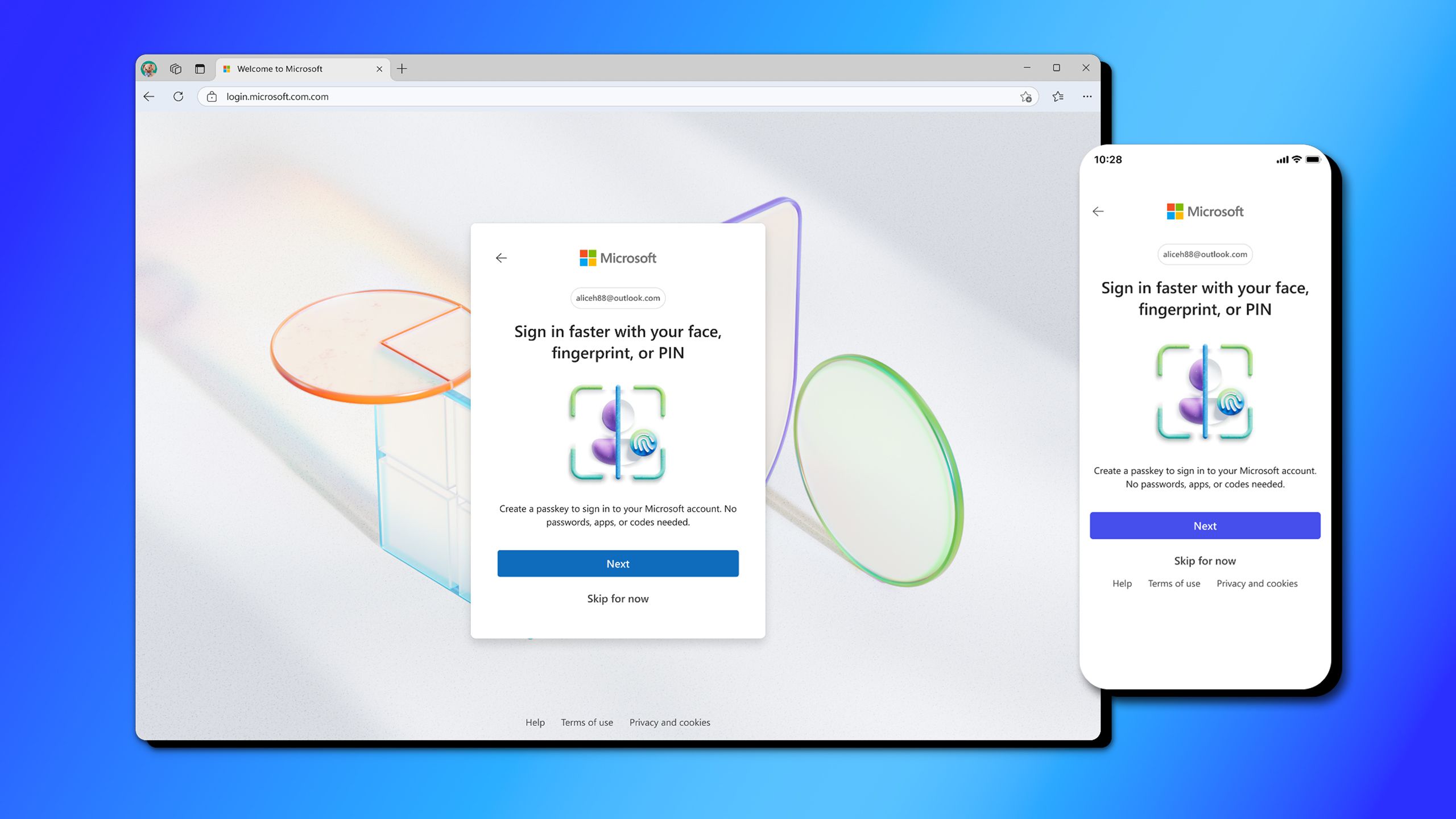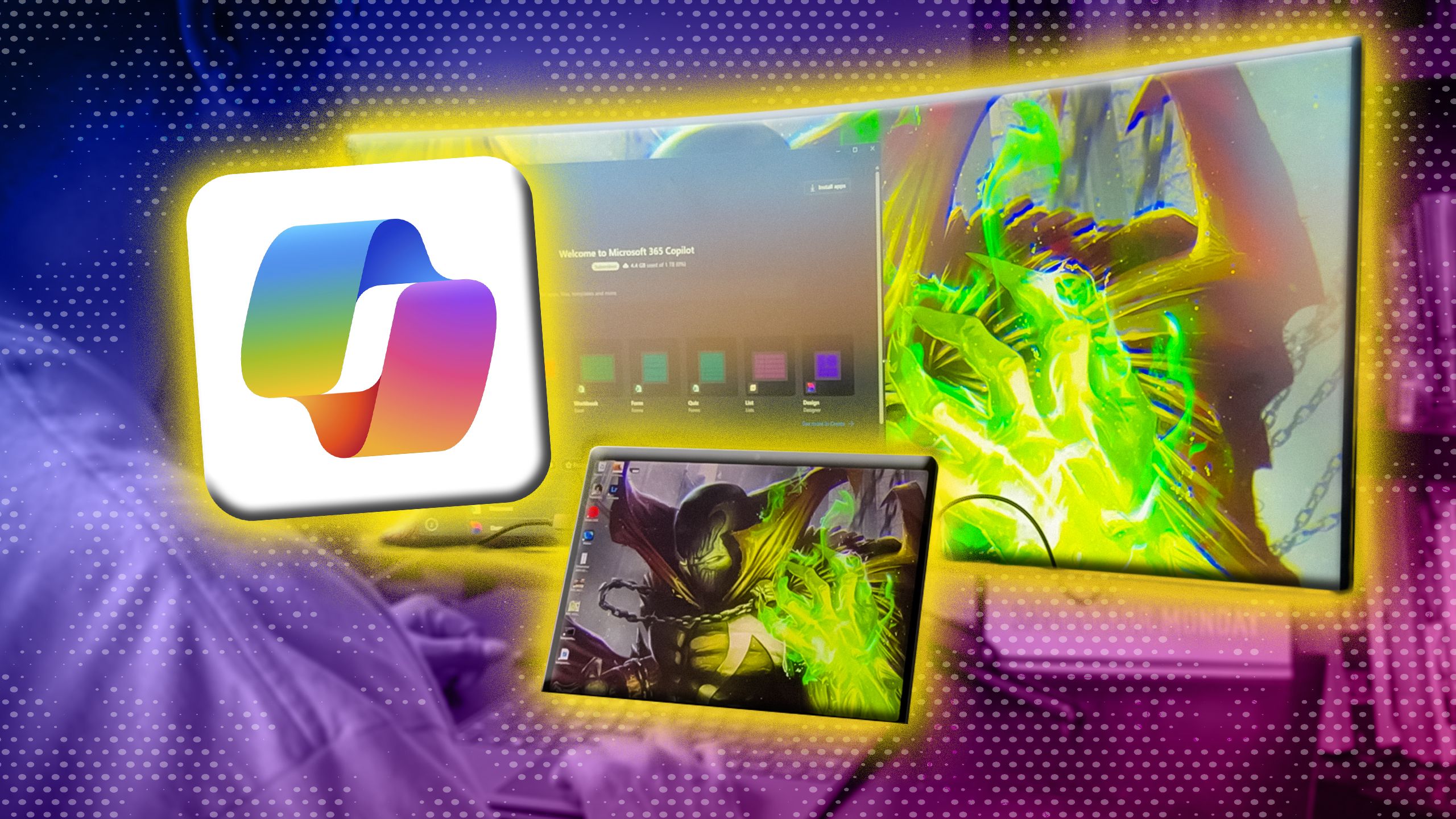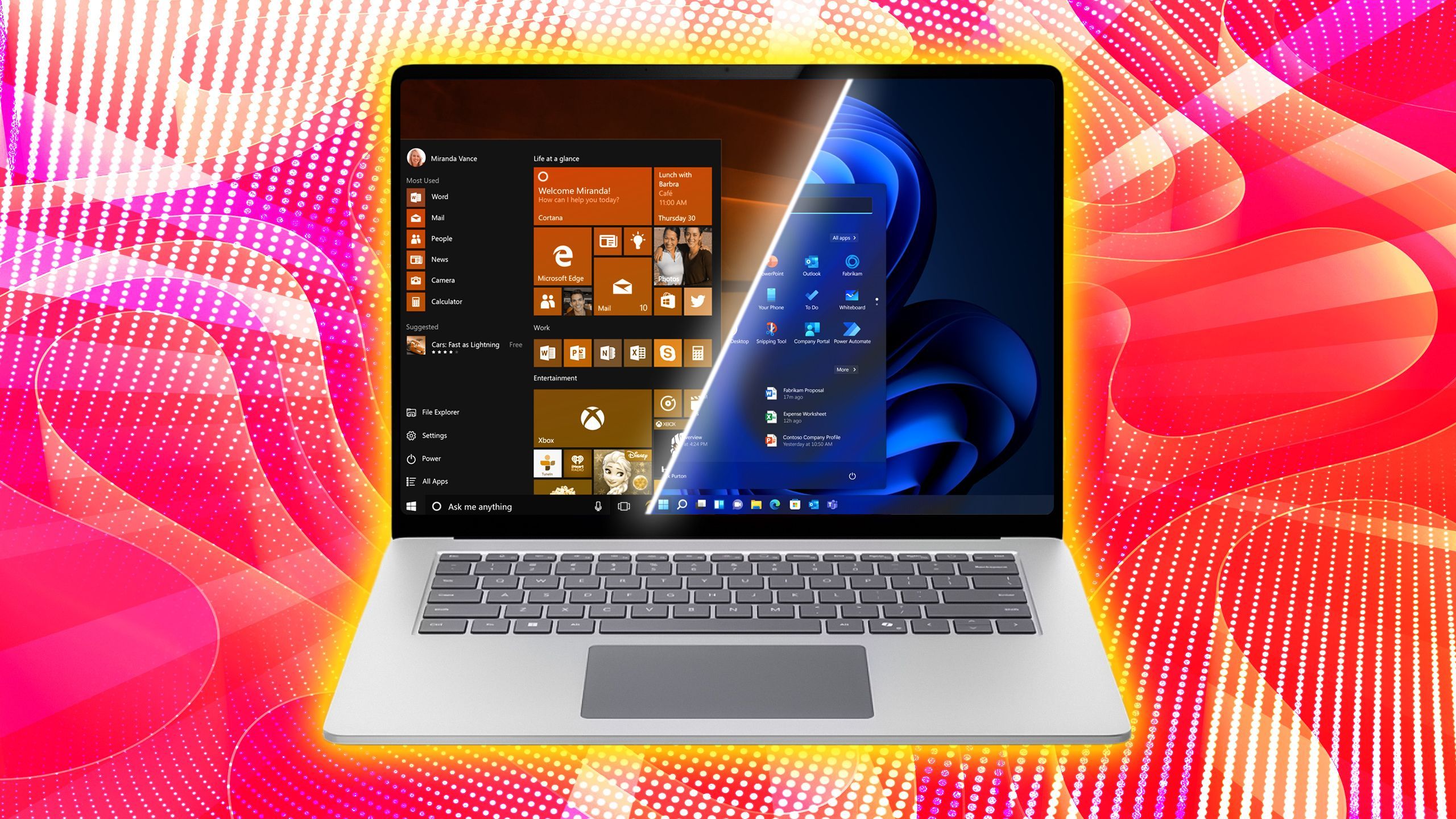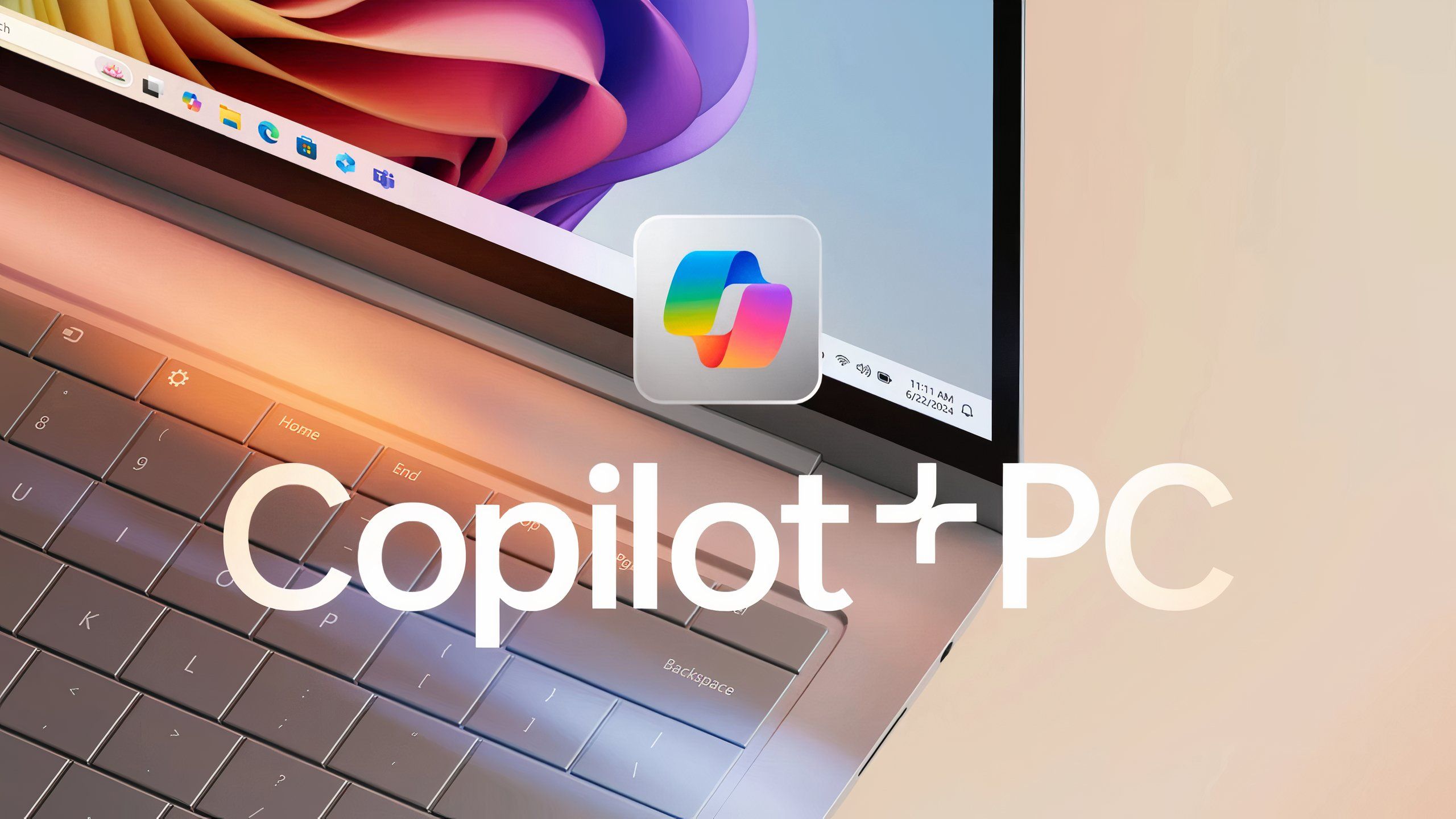Summary
- Microsoft is investing an undisclosed sum of cash in the purchase of 4.9 million metric tons of organic waste removal credits.
- The tech giant is working with Vaulted Deep, with the intention of injecting the sludgy biowaste deep underground over the next 12 years.
- As Microsoft’s AI business scales up, so too does its carbon footprint — the company aims to achieve carbon neutrality by 2030.
Microsoft, one of the world’s biggest tech giants, has announced plans to purchase 4.9 million metric tons of organic waste material from a company called Vaulted Deep. More specifically, Microsoft is buying removal credits for an undisclosed price, with the intent of injecting the large mass of waste deep into the ground over the course of the next 12 years (via The Wall Street Journal).
This organic waste product is actually a mix of manure, agricultural byproducts, paper mill sludge, sewage, and human excrement, affectionately referred to as a “bioslurry.” Its consistency is thick, and its decomposition at waste disposal facilities normally results in the release of carbon dioxide (CO2) and methane into the Earth’s atmosphere.
To avoid this release of CO2, Vaulted Deep specializes in mixing together the slurry of organic waste, and then injecting it approximately 5,000 feet (1,524 meters) into the ground within designated salt caverns. This technique is novel in its approach, relying on a pump-like system to vault material deep within rock formations, thereby halting the decomposition process,

Related
Microsoft makes passwords a thing of the past for new users
Microsoft is making passkeys the default sign in method for new accounts.
On Microsoft’s side, this move appears to be a bid to offset the demanding environmental load of artifical intelligence, which is known to produce large amounts of CO2 emissions and to consume vast quantities of energy. As a server-side provider of AI computation via Azure data centers, Microsoft is a big player in the space, and so this move is an effort to bring sustainability into the picture.
Aside from combating CO2-based climate change, removing waste and bioslurry from landfills can reduce the risk of land-based and water-based material cross-contamination, which can sometimes result in pathogen-laden drinking water. Microsoft previously worked with AtmosClear on a somewhat similar project, though the approach was different in that it involved vaulting away CO2 directly.

Related
I used a Copilot+ PC for 2 months, and it’s game-changing
Artificial Intelligence is front and center with Copilot+ on the Surface Pro 11, but is it just a gimmick?
Microsoft is all in on AI
The company’s Copilot+ PC initiative is only just the start
Microsoft
Aside from a booming Azure and data center business, Microsoft is betting big on consumer-facing AI. Its flagship Copilot chatbot competes with the likes of OpenAI’s ChatGPT, Google’s Gemini, and other major players, while tying deeply into first-party Microsoft services.
While Microsoft maintains an active relationship with OpenAI, leveraging its advanced large language models (LLMs) within Copilot, rumors of a soured relationship have only grown in ferocity. It appears that in the long term, Microsoft will need to double down on its own in-house AI models, which Copilot already leverages to a small degree.
…the company pledges to reach carbon neutrality by the year 2030.
In the PC space, Microsoft continues to heavily invest in its Copilot+ PC initiative, which is an AI PC designation exclusively for computers with a neural processing unit (NPU) capable of 40 trillion operations per second (TOPS) or greater for on-device AI processing. Features like Recall have had a rocky start, but the company appears to be going full-steam ahead with new Windows 11 AI tools and additions.
As with other big tech companies playing in the AI space, Microsoft’s carbon footprint is substantial. The company’s own 2025 Environmental Sustainability Report outlines a 23.4 percent boost in carbon emissions due to the scaling up of its AI operations, though the company pledges to reach carbon neutrality by the year 2030.

Related
Windows 10 vs 11: 3 differences that actually matter
Switching from Windows 10 over to 11? Here’s what you’ll immediately notice upon updating your PC to Microsoft’s newer OS.










